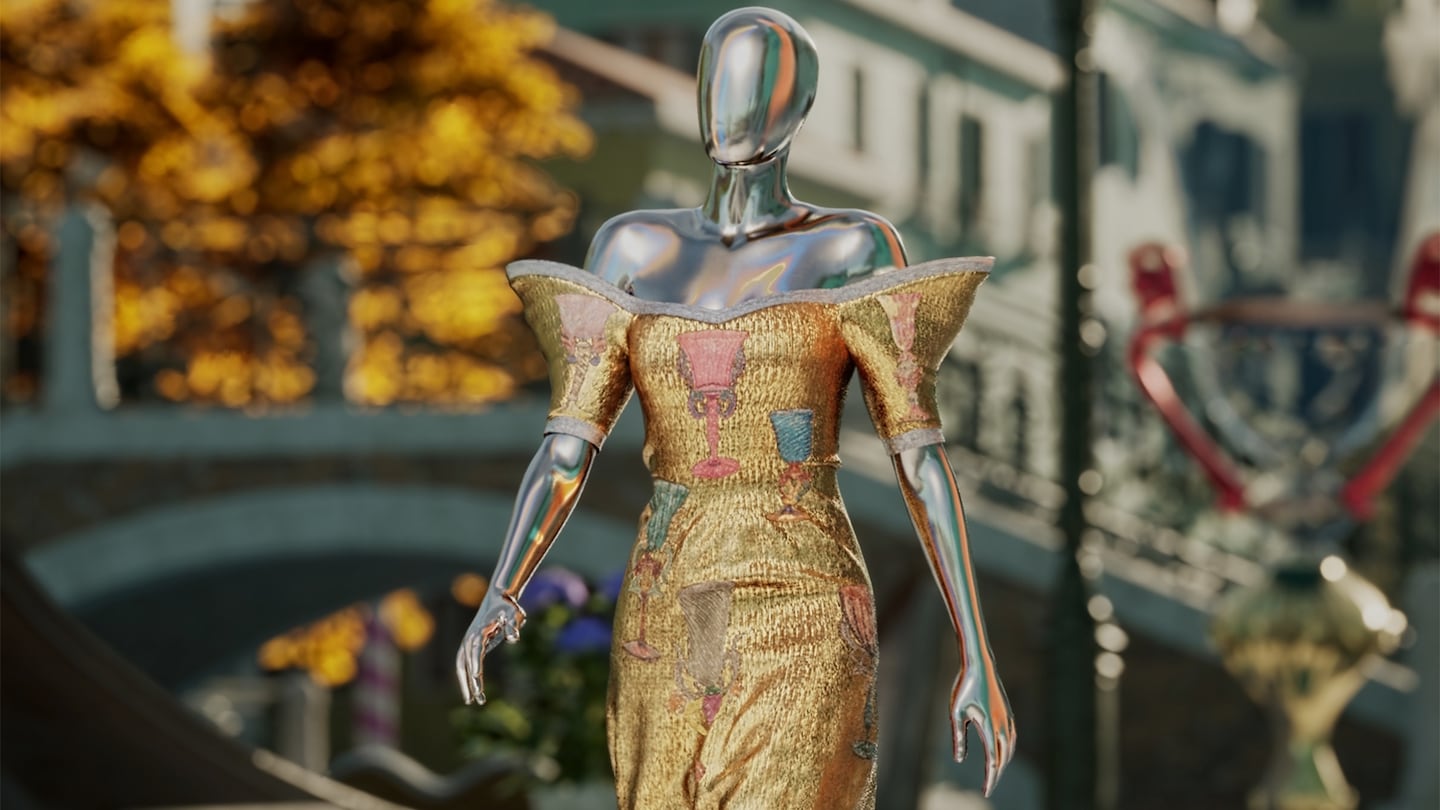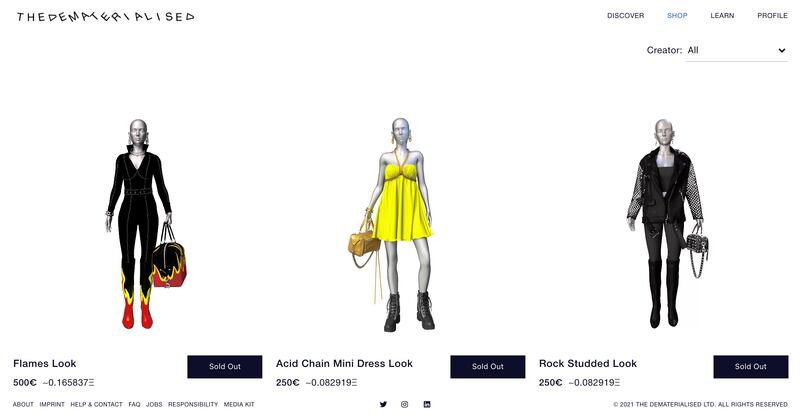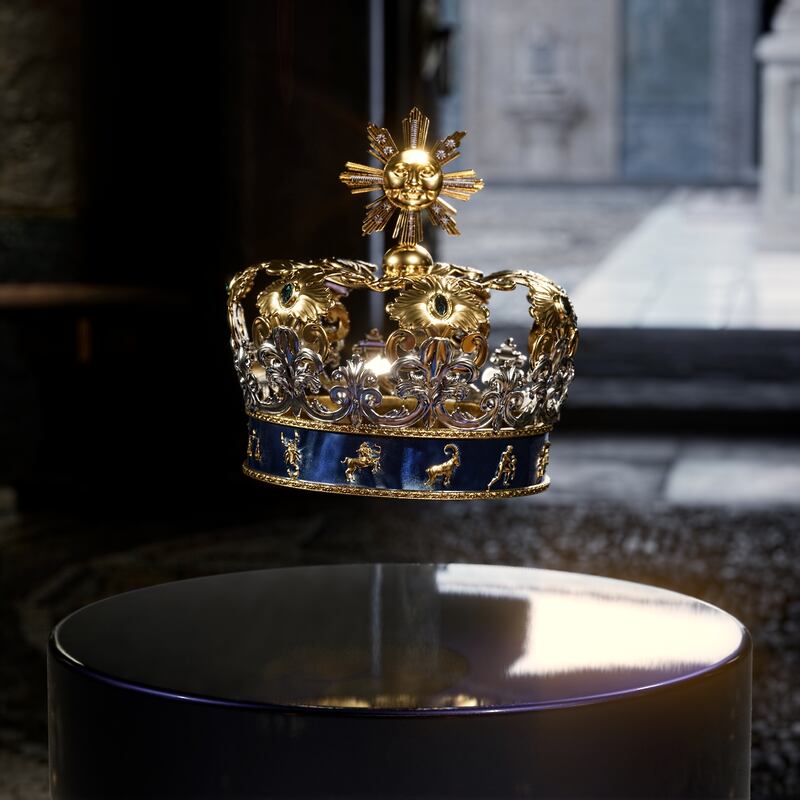
The Business of Fashion
Agenda-setting intelligence, analysis and advice for the global fashion community.

Agenda-setting intelligence, analysis and advice for the global fashion community.

In March, when a little-known digital studio called RTFKT made $3.1 million selling digital sneakers, the underlying technology – non-fungible tokens – were still a novel concept to much of the fashion industry.
Since then, established brands from Rebecca Minkoff in New York to Manish Malhotra in Mumbai have jumped into the market with their own sales of items including sketches, photographs and virtual garments. This month, Dolce & Gabbana generated $6.1 million in sales in its auction of a nine-piece NFT collection, some paired with physical objects and access to different experiences. Buyers ranged from lone crypto collectors to collectives hoping to boost their own profile in the space.
The concept isn’t quite mainstream yet: few expect sales on the order of Dolce & Gabbana’s to become routine in the near future, and NFT prices overall have been volatile.
But many in the industry say the tokens are more than a fad. Proponents see the recent rash of sales by well-known brands as proof of concept: that NFTs are a low-cost way to generate hype and reach new customers.
ADVERTISEMENT
“NFTs are just an extension of how you can issue your brand into a digital sphere,” said Mason Nystrom, a research analyst at Messari, a crypto research firm. “A lot of fashion companies have either started to look at it from a marketing perspective or a way to branch off into what might be a new product line.”
What’s Working
So far brands are trying a range of approaches. Rebecca Minkoff released 15 NFTs, comprising virtual clothing priced from €50 to €500 on the digital fashion platform Dematerialised and photographs ranging from .1 ETH (approximately $380) to .5 ETH (approximately $1,900) listed on NFT marketplace Opensea. The virtual clothing sold better, with the entire collection of 300 items selling out in nine minutes.
“What really impressed us was the digital garments,” said Minkoff. “Our one learning is that there’s a far bigger appetite than we ever imagined.”
The low overhead was an added bonus, Minkoff said. “There’s no fittings, there’s no duties and taxes and fees,” she said (Dematerialised received a 20 percent sales commission). The company plans on releasing NFTs of digital garments every three months.

Malhotra said his team created their recent collection of five NFTs in-house. The highest-priced item, which sold for more than $3,000, was a GIF featuring a sketch of a gown from 2019. After seeing the “exuberant response” from buyers, “we just might be open to creating some more,” Malhotra told BoF in an email.
Bigger brands can draw bigger price tags: Dolce & Gabbana’s most expensive item sold was an elaborate rendering of a crown called the “Doge Crown” that went for nearly $1.3 million (on the auction site it says $1.6 million). It included a physical version of the crown and experiences such as a private tour of the brand’s Milan atelier.
Megan Kaspar, a member of the group Red DAO, which bought the crown and two jackets in the auction, said the high price came down to Dolce & Gabbana’s brand recognition, its choice to include physical objects and experiences, and its work to raise awareness around the sale.
ADVERTISEMENT
The Ingredients of an NFT
Virtual garments in particular often require traditional brands to rely on outside firms and designers to craft their pieces into covetable digital assets. Dolce & Gabbana worked with UNXD, a marketplace for digital luxury and culture, while Rebecca Minkoff trusted Dematerialised to connect them with a designer as well as produce and mint the collection on the blockchain.
Brands must ensure their products can cut through the noise. After the average price of NFTs dropped nearly 70 percent this March, according to figures by NFT tracker Nonfungible.com, many platforms adjusted pricing and limited drops to avoid oversaturation.
After the initial crash, “we were a bit more cautionary with the pricing strategy,” said Karinna Nobbs, co-founder of Dematerialised. The market is bouncing back, she said: following releases by Rebecca Minkoff and Karl Lagerfeld’s namesake brand, the platform witnessed a 35 percent increase in user registrations.

Brands are also still working out how buyers can use their NFTs. A Fortnite outfit can’t be ported over to a metaverse like Decentraland, for instance. Dolce & Gabbana has given buyers two years to decide how they want their NFT to be rendered, whether it’s in a Snapchat filter or for a metaverse.
The streetwear label The Hundreds is exploring ways to let customers earn a share of revenue from sales of clothing featuring their NFTs. Gaby Goldberg, an investor at TCG Crypto, predicted fashion NFTs “will flip the current industry’s rewards and loyalty programs on its head.”
Who’s Buying
Many buyers of virtual dresses and sneakers are as interested in their investment potential as their fashion value. For the speculators, it’s too early to know whether virtual dresses and gifs will hold onto their worth, let alone appreciate.
ADVERTISEMENT
“My advice to anyone purchasing NFTs right now is to buy things you love and not focus on the price, because the majority of these projects will go to zero,” Goldberg said.
Red DAO pools capital from its 40 members to buy fashion NFTs and invest in crypto-related fashion startups. (DAO stands for decentralised autonomous organisation.) “We’re going to be able to monetise these items,” Kaspar said.
As for the physical objects and experiences they won, the group will vote on what to do with them. Boson Protocol, a company focused on e-commerce in the metaverse, purchased a suit from Dolce & Gabbana’s drop for a similar shared-use purpose.
“We’ve had loads of inbound inquiries from brands,” said co-founder Justin Banon following a tweet announcing the company’s purchase of the item. “The PR aspect of just the tweet alone has been enormous.”
 Opens in new window
Opens in new windowThe Opportunity in Digital Fashion and Avatars Report — BoF Insights
BoF Insights’ guide to digital assets in fashion, which examines the rise of the metaverse and underlying technological, social and consumer shifts, plus includes a playbook for how to seize the opportunity. To explore the full report click here.
The Opportunity in Digital Fashion and Avatars is the in-depth report published by BoF Insights, a new data and analysis think tank from The Business of Fashion arming business leaders with proprietary and data-driven research to navigate the fast-changing global fashion industry.
Related Articles:
What the NFT Gold Rush Means for Fashion
The algorithms TikTok relies on for its operations are deemed core to ByteDance overall operations, which would make a sale of the app with algorithms highly unlikely.
The app, owned by TikTok parent company ByteDance, has been promising to help emerging US labels get started selling in China at the same time that TikTok stares down a ban by the US for its ties to China.
Zero10 offers digital solutions through AR mirrors, leveraged in-store and in window displays, to brands like Tommy Hilfiger and Coach. Co-founder and CEO George Yashin discusses the latest advancements in AR and how fashion companies can leverage the technology to boost consumer experiences via retail touchpoints and brand experiences.
Four years ago, when the Trump administration threatened to ban TikTok in the US, its Chinese parent company ByteDance Ltd. worked out a preliminary deal to sell the short video app’s business. Not this time.